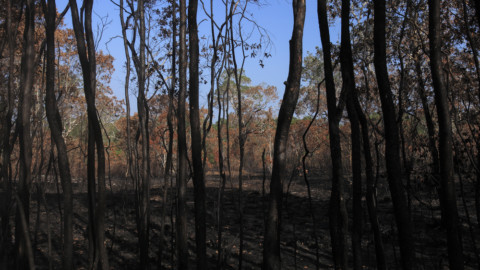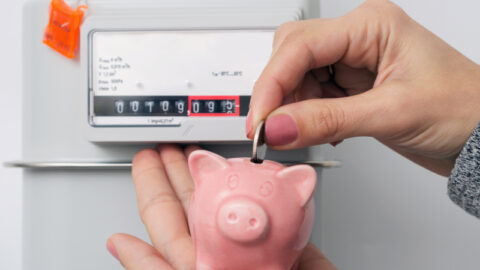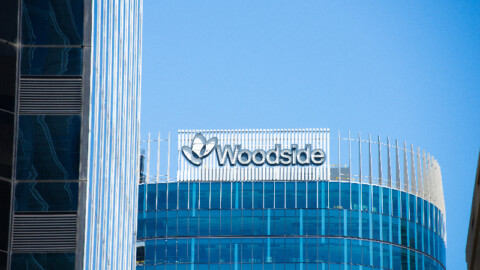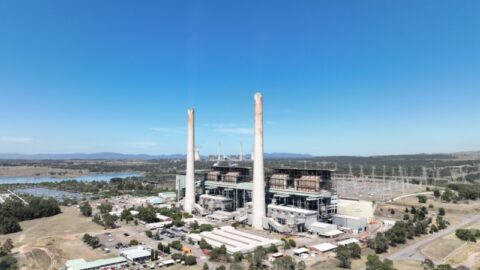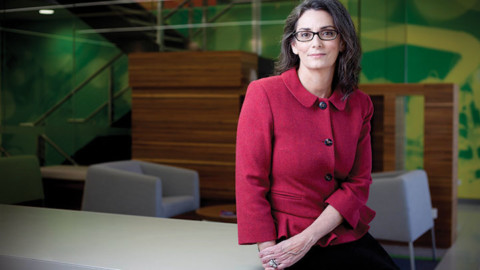Leading renewable energy solutions provider Gentari Solar Australia has officially rebranded following the completion of its full acquisition earlier in the year.
Gentari Solar Australia, formally WIRSOL, is a leading developer which has integrated solar and battery energy storage systems (BESS) and asset management capabilities within the Australian renewable energy market.
Gentari Solar Australia currently has 422MW in gross installed capacity and 765MW in potential capacity within its late-stage project pipeline.
Andrew Barson is set to lead as Gentari Solar Australia’s CEO with a mandate to grow the company’s solar capacity and BESS capability in the country. Other projects that Mr Barson is overseeing include the Maryvale Solar and Energy Storage Project in New South Wales, and the Barnawartha Solar and Energy Storage Project in Victoria. Both projects are expected to reach a Financial Investment Decision shortly, with a combined capacity of over 500MW.
Its current operations in Australia adds 422MW of gross installed capacity to the company’s overall renewable energy portfolio, joining over 1GW of capacity in India and Malaysia. Gentari’s planned growth in Australia which aims to contribute more than 5GW towards achieving its 2030 ambition of 30-40GW globally, and will be driven primarily by solar and wind operational assets.
Gentari Chief Renewable Officer, Low Kian Min, said that Gentari Solar Australia will be a major asset in helping the company achieve its ambition to accelerate clean energy adoption.
“In the immediate term, we will leverage our Australian assets as a building block to drive growth in utility-scale solar capacity and battery storage capability, towards increasing the share of renewables in Australia’s power generation mix.
“Looking further ahead, Gentari will also explore other clean energy technologies including wind power in Australia,” Mr Min said.
“In light of Australia’s market maturity and strong potential, coupled with an open access grid that offers opportunities for diversification, underpinned by supportive government policies and a robust financing ecosystem, we are looking at optimising our solar energy resources while exploring wind generation and other technologies to supply green energy for hydrogen production in the future.
“Beyond this, we are also interested in developing commercial capabilities and are monitoring opportunities in green mobility in the country.”
In Australia, the National Electricity Market is transitioning away from coal-fired generation, which currently comprises 66 per cent of generation, as existing power stations reach end-of-life.
The Federal Government has set a Large-scale Renewable Energy Target (LRET) to promote renewable electricity generation, aiming to have 82 per cent of the nation’s electricity generated by renewables by 2030 as part of an economy-wide target of cutting emissions by 43 per cent by 2030.



